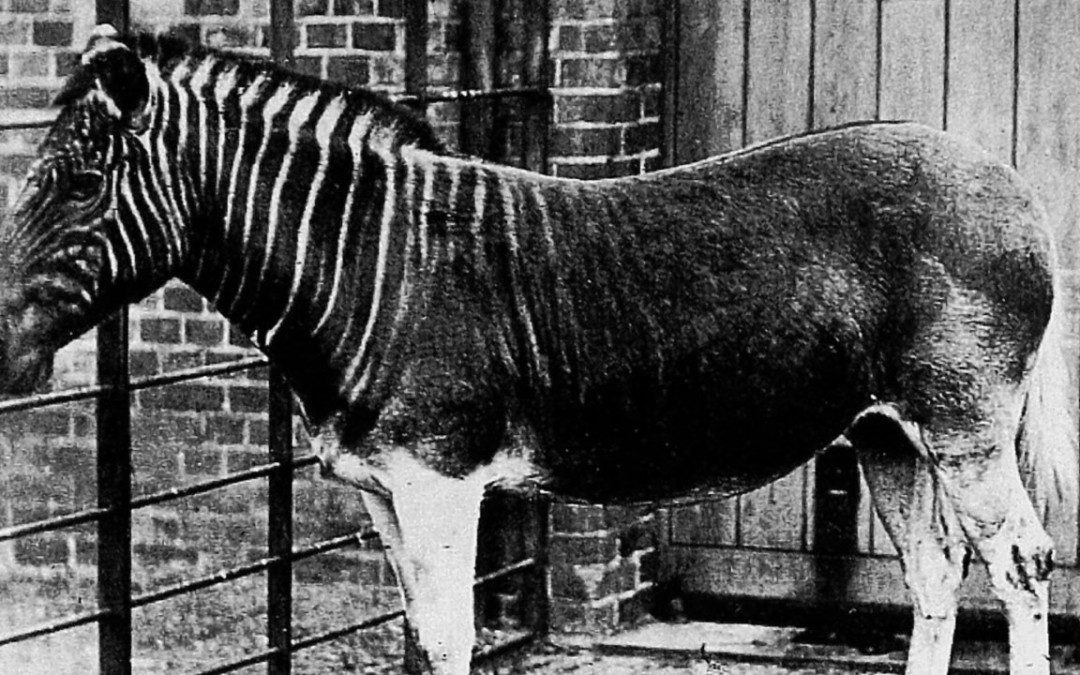Human beings are the best predators in the world. But when just hunting individuals isn’t enough, we wipe out entire species. In this article we go through my top 10 favorite animals humans made extinct.

Atlas Bear
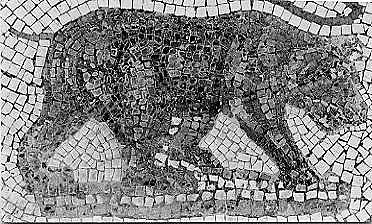
The Atlas bear was the only bear native to Africa. It was named after it’s habitat – the North-African Atlas mountain range. It was actually a sub-species of the brown bear. They were known for being mostly herbivores and for being terrible at climbing trees, which may have contributed to their extinction. The Atlas bear was hunted to extinction in quite a short period of time. Ever since the Romans encroached on North-Africa, the bear were intensely killed and captured. They were often used for Colosseum games or as brutal ways to execute prisoners. But the slaughter of the Atlas continued after the fall of Rome. This time it was at the hands of the local tribes and people’s. The final nail in their coffin was pressure from Zoos and private collectors, as it led to many of the bears being taken away from their habitat. The last known bear was killed by a hunter in the 1870s.

Quagga
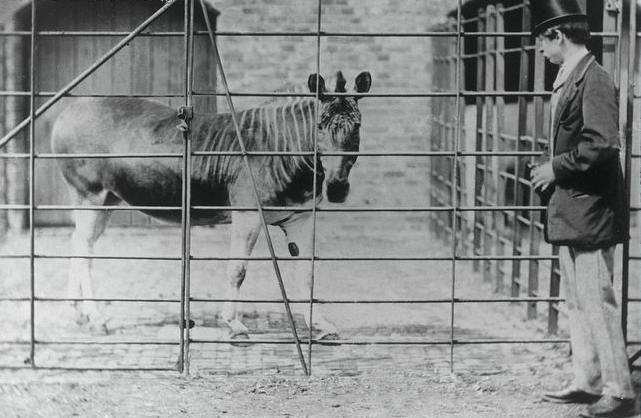
The Quagga once lived in South-Africa, and looked like a cross between a horse and a zebra – or some kind of mythical beast from wonderland. Leading on from this, you may be surprised to know that there was only one Quagga to ever have it’s photo taken while it was alive. Since the Dutch colonisation of South-Africa, the Quagga were ruthlessly hunted for their unique hide. But also for their meat – and to stop them from eating grass on farmland. The last Quagga population was slaughtered some time around the year 1875. The last wild Quagga died in 1878, and the last captive Quagga died in Amsterdam Zoo on the 12th of August 1883. Many of the animals were captured and sent to Europe. But most European zoos didn’t really know how to take care of them. So they usually died prematurely. There are just 23 stuffed or mounted Quagga specimens in the world. The 24th was destroyed by the Nazis for some reason.

Falkland Islands wolf
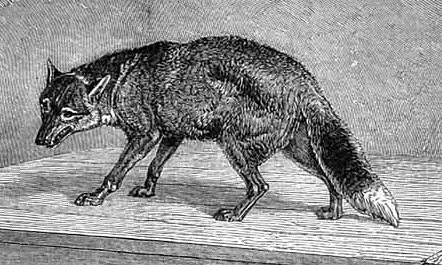
Isolated on small Islands just off of Argentina, the Falkland Islands wolf lived. The wolves were first discovered by Captain John Strong, in 1690. He wanted to bring one back to Europe – but the wolf managed to commit suicide on the journey back. The wolves were studied by Charles Darwin himself. The Falklands have been territory of Spain, France, and Britain. The multi-national settlers systematically hunted the wolf as they believed it was killing their livestock. The animals were mostly poisoned and shot, in a planned effort to exterminate them. The plan was a success, as it was in 1876 that the species was effectively extinct. Just one was ever taken to London zoo. It was in 1868 and the wolf didn’t survive long. So effective was the systematic extermination that only about 12 specimens exist in museums today.

Steller’s Sea Cow

The Steller’s sea cow was a slow moving marine mammal. It was only ever partially underwater. They were once common in the pacific ocean but they were merciless hunted by the native populations. By the time Europeans discovered them, there were just 15 hundred left. 27 years later, there were none. Other than Whales, it was the largest mammal known to have existed in modern times, being around 30 feet long. They were hunted for their blubber, which was used as a butter substitute. And also for it’s oil, which could be used in lamps. The native peoples used to harvest sea otters. Steller’s sea cow may have gone extinct as an indirect result of this, as they relied on them for food.

Great Auk
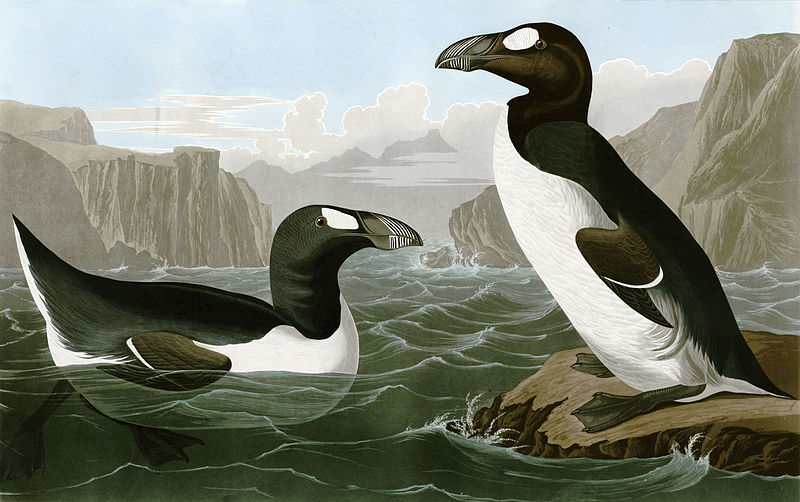
The Great auk were so rare and so prized that captured specimens could be sold for a small fortune. Although they look like penguins, they were not. They were far superior swimmers. Their downfall was that they were useless on the land, making them easy prey for us humans. After the Great Auk were wiped out in Europe during the 16th century, they became one of the first species to ever gain legal protection. Despite native American tribes hunting the Auk for thousands of years, the last colony was now located in Iceland. As numbers of the great Auk fell, the value of their skin rose so quickly that even museums started hunting them! It was believed that more colonies existed north of Iceland. So hunting them was still seen as fair game. The hunting was so widespread that the killing of the last Great Auk was fully documented. It was on the 3rd of July 1844. Two hunters strangled the last two Auk to death before stamping on the egg they had been protecting. It was the only bird native to the British isles to go extinct in modern times.

Dodo
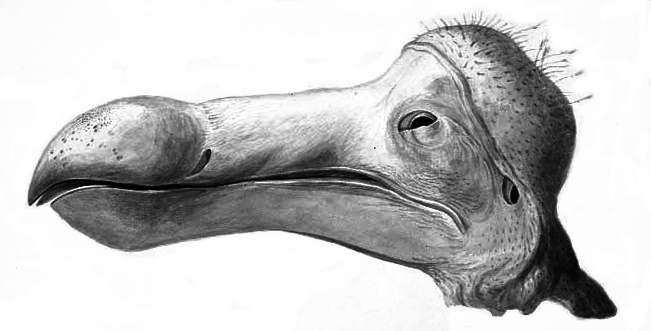
The dodo is easily among my favorite animals humans made extinct. It was essentially a big flightless chicken-looking pigeon, who was native only to a small island off Madagascar. Dutch sailors discovered that they weren’t afraid of humans, which made hunting them quite easy. It may surprise you to know that the main cause of the Dodo’s extinction was disease brought over my imported pigs and dogs. Monkeys were also introduced to the island. The monkeys had quite a tendency to eat the dodo eggs. They were just so easy to kill! I mean, I’m surprised it took 100 years for them to be driven to extinction. It wasn’t until the 19th century when most people saw them as anything more than a myth. The only real attention the Dodo gained was as a result of being featured in “Alice in Wonderland”. We can only assume what they looked like from first-hand accounts as they were killed off so long ago. The extinction was not recognized until after the work of Charles Darwin was accepted as accurate. Before that, the idea of extinction was unheard of.

Caribbean Monk Seal
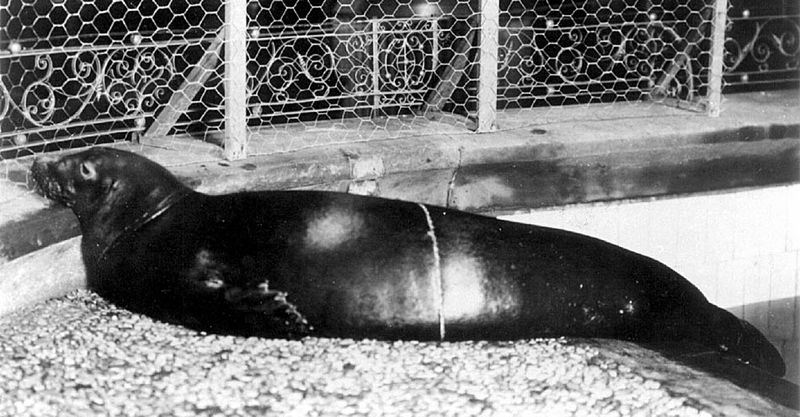
The Caribbean monk seal was the only native seal to the gulf of Mexico. It was officially declared extinct in just 2008, and is the only seal to be made extinct by humans. The poor things were over hunted for their meat and oil as they could weigh up to 600 pounds. Their average lifespan was about 20 years and no one really knows much about how they reproduced as they were often killed far too fast to be studied. Several sightings have been reported in recent years but after a 5 year search for the animals, the species was officially declared extinct. Like the Dodo, the Caribbean monk seal had no fear of humans. The first record of the animal dates back to Christopher Columbus’ second voyage. He described them as “Sea Wolves”.

Grey’s wallaby
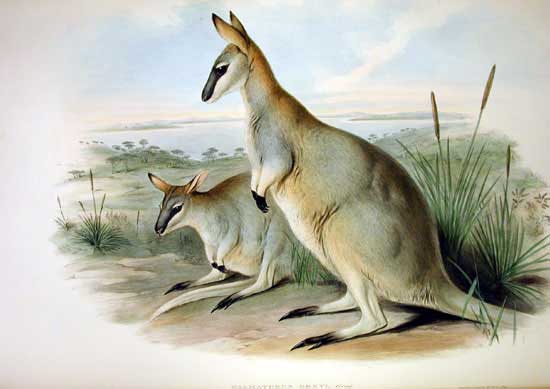
The Grey’s wallaby was a species of Kangaroo that went extinct in the 1940s. They were very common until 1910, but were increasingly rare after that. They were actually so rare that those interested in conservation and protection could not capture any to protect! Apart from 4, all of which died from exhaustion during transportation. They were hunted to extinction mostly for their fur. Their pattern of movement was to take 2 short hops, then a long one, and then stare into the sky for a while. They could still be hard to chase down though. In one recorded case, a Grey’s wallaby was chased 6 kilometres on horseback before it finally escaped. This led to people using dogs to catch them as the Kangaroo were too dumb to notice a dog until they were quite close. One female Grey did manage to survive 12 years in captivity until 1939.

Passenger Pigeon

Officially declared extinct 100 years ago this year, the passenger pigeon was once the most abundant bird in North-America, numbering an estimated 5 billion. They flew in flocks of hundreds of thousands and some flocks reached over a billion. Part of the reason their numbers dropped so fast is that their numbers demanded an incredibly large area for them to breed. Hunters would track down these breeding locations and destroy whole flocks. One recorded hunt lasted 5 months. The Michigan legislature passed a law in 1890 protecting these locations. But it was too late to save the pigeons, not that it was ever enforced. Hunters tied large nets to capture the birds so that they could be killed easier. But when that was too much effort people would simply poison them on mass. In 1896, the last flock was completely destroyed by a group of hunters. The tragic thing is that the hunters knew it was the last flock, which didn’t motivate them to leave any alive. The last ever passenger pigeon died in a Zoo 18 years later. Apparently people originally started hunting them as a cheap food source for slaves.

Tasmanian Tiger
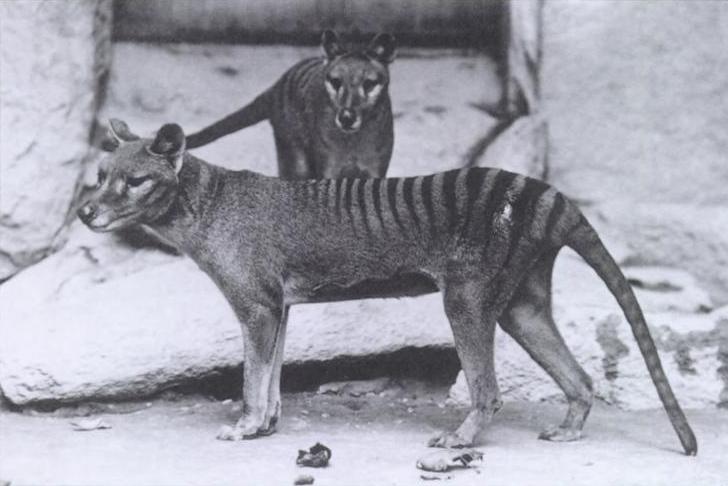
The Tasmanian tiger was a marsupial, more related to the Kangaroo than anything else. It looks like it had the body of a wolf, the stripes of a tiger, and the head of a fox. Despite being extinct in Australia long before Europeans arrived, they thrived in Tasmania. The Tasmanian tiger was systematically hunted after local farmers decided it was killing their livestock. Land owners offered a bounty for every dead Tasmanian tiger. In fact, the last of the species in the wild was killed by a farmer called “Wilf Batty”. The last known in captivity died in 1936. It’s death was caused by severe neglect 2 months before the government passed a law protecting the animal. Like the Dodo and the Quagga, scientists have been trying to clone the Tasmanian tiger for years. It’s numbers used to be greater than that of sheep. But they were all dead after just one year of colonial rule.

